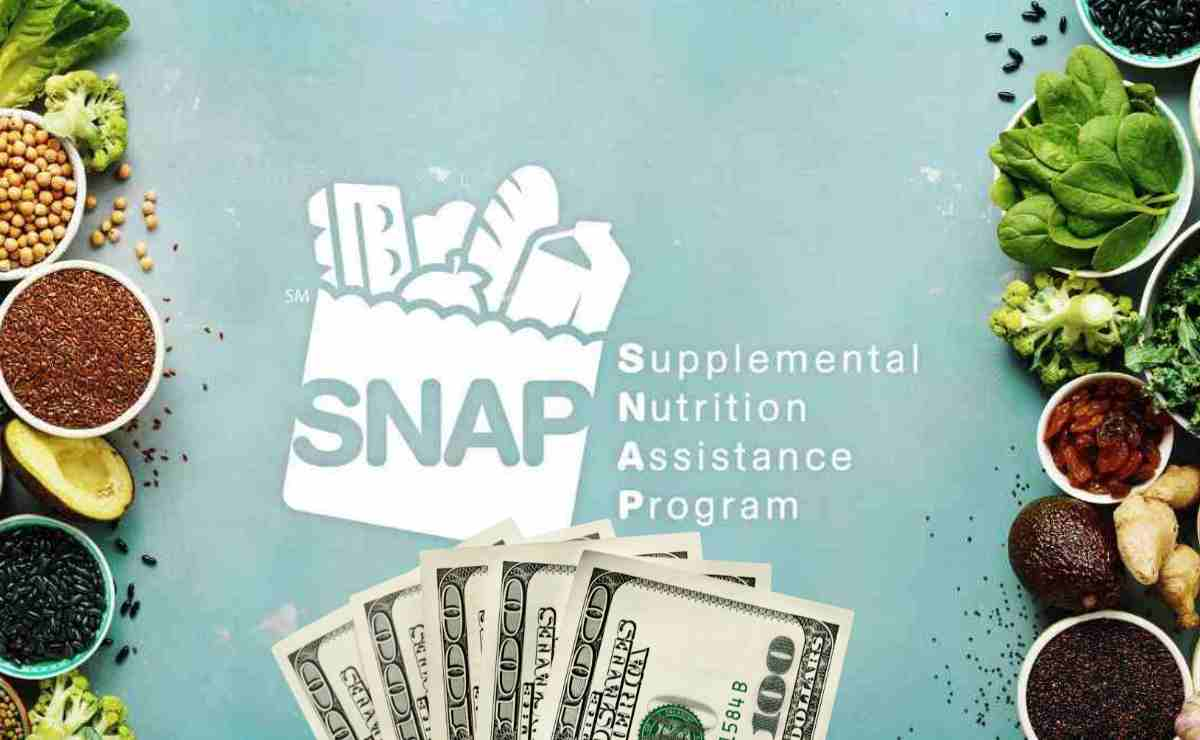The Supplemental Nutrition Assistance Program (SNAP Food Stamps) provides vital monthly support. It goes to low and no-income households. People commonly call it food stamps. It helps those across the United States, including Washington D.C. and overseas territories. These benefits come on electronic benefit transfer (EBT) cards. The cards work at participating grocery and general stores.
The federal government funds SNAP Food Stamps. But, each state is responsible for managing and giving out these funds to its residents. This decentralized approach means that not all claimants receive their benefits on the same day each month.
July SNAP Benefit Distribution Dates
Some states, like Connecticut and Delaware, distribute SNAP benefits based on the first letter of the recipient’s last name. Others, such as Alaska and South Dakota, issue all payments on a single day. Below is a comprehensive list of when you can expect to receive your SNAP benefits in each state and territory for the month of July:
- Alabama: July 4 to 23
- Alaska: July 1
- Arizona: July 1 to 13
- Arkansas: July 4 to 13
- California: July 1 to 10
- Colorado: July 1 to 10
- Connecticut: July 1 to 3
- Delaware: July 2 to 23
- District of Columbia: July 1 to 10
- Florida: July 1 to 28
- Georgia: July 5 to 23
- Guam: July 1 to 10
- Hawaii: July 3 to 5
- Idaho: July 1 to 10
- Illinois: July 1 to 20
- Indiana: July 5 to 23
- Iowa: July 1 to 10
- Kansas: July 1 to 10
- Kentucky: July 1 to 19
- Louisiana: July 1 to 23
- Maine: July 10 to 14
- Maryland: July 4 to 23
- Massachusetts: July 1 to 14
- Michigan: July 3 to 21
- Minnesota: July 4 to 13
- Mississippi: July 4 to 21
- Missouri: July 1 to 22
- Montana: July 2 to 6
- Nebraska: July 1 to 5
- Nevada: July 1 to 10
- New Hampshire: July 5
- New Jersey: July 1 to 5
- New Mexico: July 1 to 20
- New York: July 1 to 9
- North Carolina: July 3 to 21
- North Dakota: July 1
- Ohio: July 2 to 20
- Oklahoma: July 1 to 10
- Oregon: July 1 to 9
- Pennsylvania: July 3 to 14
- Puerto Rico: July 4 to July 22
- Rhode Island: July 1
- South Carolina: July 1 to 19
- South Dakota: July 10
- Tennessee: July 1 to 20
- Texas: July 1 to 28
- Utah: July 5, 11, and 15
- Virgin Islands: July 1
- Vermont: July 1
- Virginia: July 1 to 7
- Washington: July 1 to 20
- West Virginia: July 1 to 9
- Wisconsin: July 1 to 15
- Wyoming: July 1 to 4
It’s important to note that not every recipient receives the same amount. SNAP benefits are means-tested, meaning the amount you receive depends on your household’s income and the number of people living in your home.
Different states have distinct methods for issuing SNAP benefits
Often dependent on factors such as a claimant’s case number. For instance, in California, the timing of benefit distribution is determined by the last digits of the case number. A case number ending in 01 will receive benefits earlier in the month compared to a case number ending in 99.
It’s essential for recipients to understand their state’s specific distribution schedule to plan their monthly food budget effectively.
- SNAP benefits are issued throughout the month, not on a single day.
- The distribution schedule varies from state to state.
- Understanding your state’s payment schedule can help you manage your benefits better.
By staying informed about your state’s SNAP benefit distribution process, you can ensure that you make the most of this valuable resource.
Understanding how and when SNAP benefits are distributed can be crucial for those who rely on this assistance. Different states have varying schedules and methods for disbursing these benefits, making it essential to be aware of your specific state’s payment dates and processes.
What factors influence the amount of SNAP benefits a recipient receives?
SNAP benefits depend on the household’s income and resources. Usually, to qualify, the monthly income must be at or below 130% of the poverty line. For example, in 2024, the limit for a family of three would be about $2,495.
However, there are exceptions for households with elderly or disabled individuals. The household’s size determines the benefits. A single person can get up to $281 monthly, while a family of four can receive $939.
Moreover, certain expenses can increase the benefit. These include earned income (20%), child support, and medical or dependent care costs. Households can have up to $2,750 in assets or $4,250 with a member aged 60 or older, or disabled.
Young, able-bodied adults without dependents must work or join a program for 80 hours a month. Otherwise, their benefits may reduce or stop. Finally, the benefit calculation is straightforward. First, all deductions are subtracted from the gross income to find the net income. Then, 30% of the net income is taken from the maximum benefit to get the actual amount.




